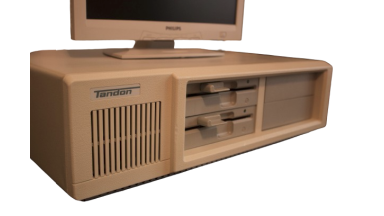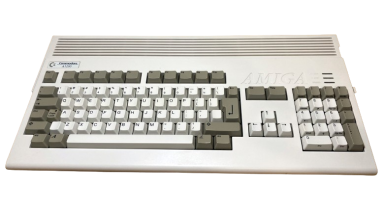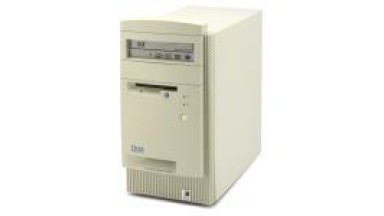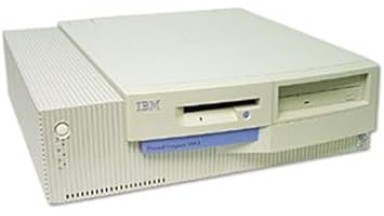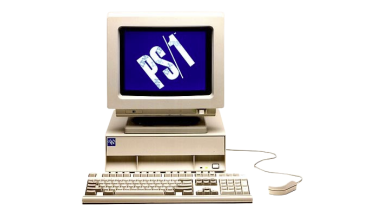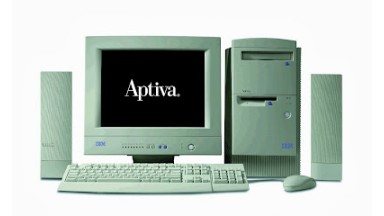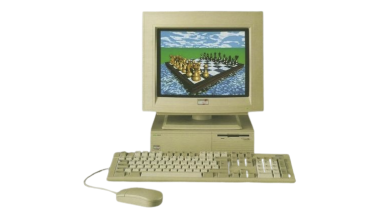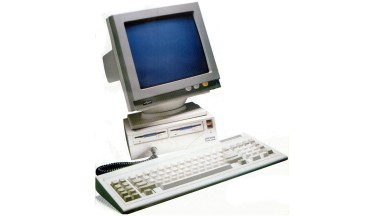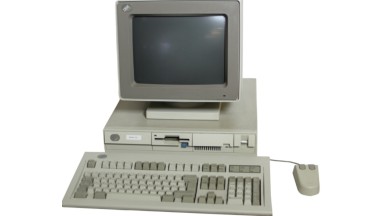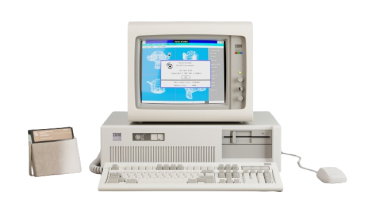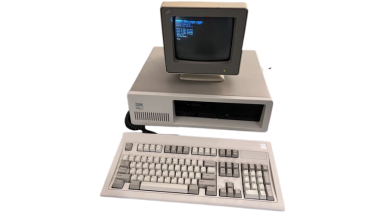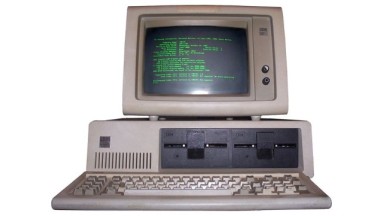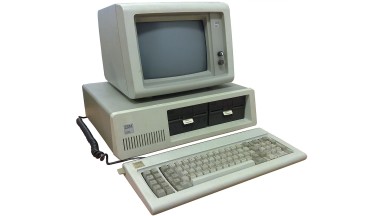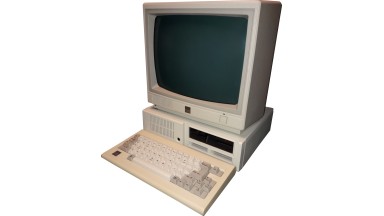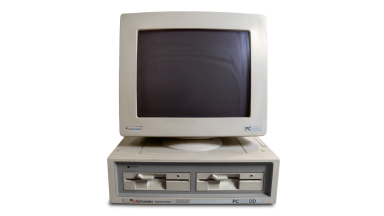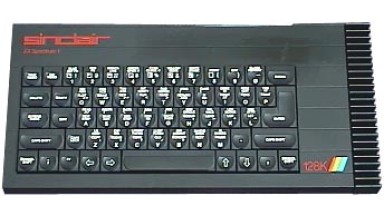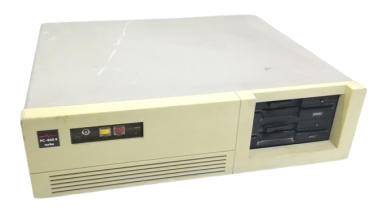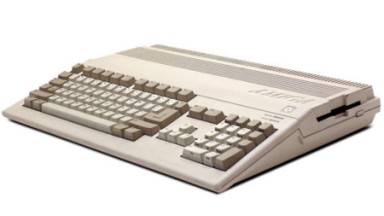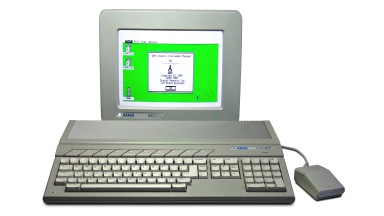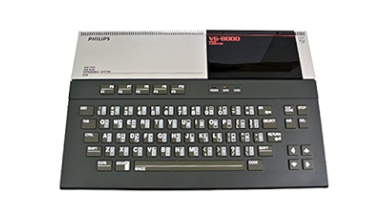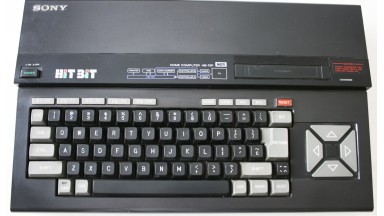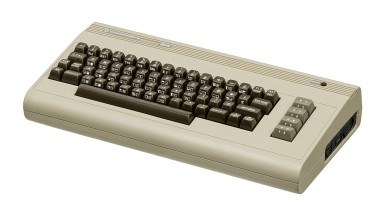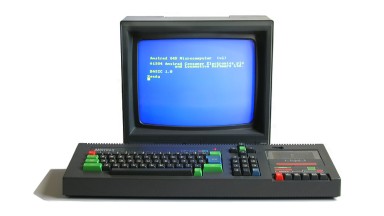The Personal Computer Museum gives you an experience, transporting you back to the origins of personal computers and your evolution.
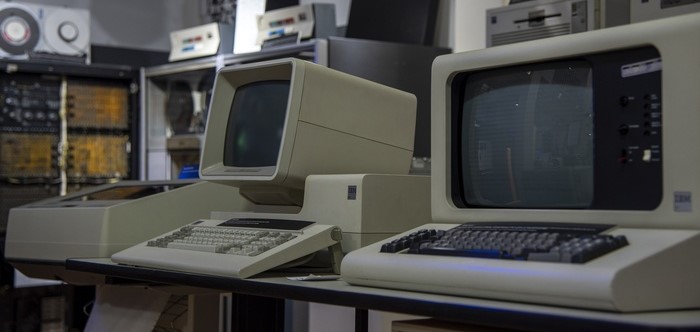
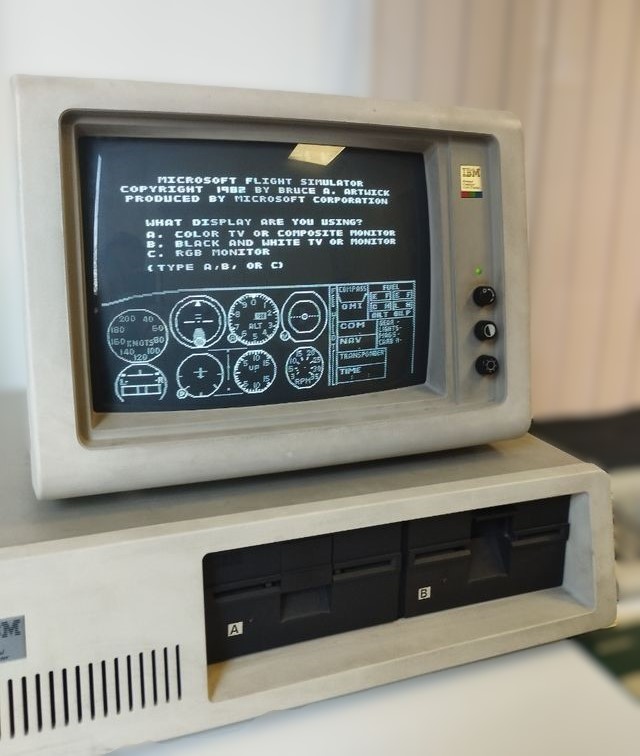
Let yourself be taken on a journey through the history of computing on a tour that will transport you back in time.
The Computer Museum aims to give you an overview of the evolution of computers and computer science, from the beginning to the present day.
Do you like old computers?
Subscribe to our newsletter.
Principal computer brands:
Amstrad, Apple, Atari, BASE, Bull, Commodore, Compaq, CTC, Dragon, Enterprise, IBM, IMSAI, Inves, Kaypro, MGT, MITS, Mitsubishi, Oric, Osborne, Philips, Sinclair, Sony, Tandon, Tandy, Tulip, Xerox,
Featured models
Our mission
The importance of a personal computer museum is multifaceted, playing a crucial role in preserving cultural heritage, educating the public, and inspiring future innovation.
Preservation of Cultural Heritage
The history of computing is relatively new, and the technology changes at a breakneck pace. Personal computer museums act as essential archives to prevent this history from being lost.
- Artifact Preservation: They collect, preserve, and restore fragile artifacts, including rare hardware (like the Apple I or Commodore PET), software, manuals,
and documentation that would otherwise be discarded or decay.
- Intangible Heritage: They actively record the history of computing through oral histories and interviews with the pioneers, engineers,
and enthusiasts who created and used these machines.
- "Golden Age" Record: They preserve the story of the "Personal Computer Revolution" which fundamentally changed human experience, work, and play,
ensuring this cultural milestone is not forgotten.
Education and Context
PC museum help people understand the origins of the digital world they inhabit every day.
- Showcasing Evolution: They provide a chronological context, showing visitors the path from early mainframes to the first microprocessors and,
eventually, to modern devices like smartphones. This helps people see the "ancestry" of today's technology.
- Hands-on Learning: Many PC museums feature interactive exhibits, allowing visitors (especially students and children) to use older machines,
play classic games, and experience the interfaces their parents or grandparents used. This active participation makes learning fun and engaging.
- Understanding Impact: They explain the social context in which these computers were developed and how they influenced society, industry, and daily life.
Inspiration for the Future
By looking back at the groundbreaking work of the past, museums can inspire the next generation of technologists.
- Idea Generation: Pioneers of modern tech often stress the importance of understanding what came before.
Seeing how early innovators solved complex problems with limited resources can spark new ideas and creative approaches for the future.
- Celebrating Innovation: They celebrate the achievements of computer pioneers and innovators, showcasing the spirit of rebellion, dreamers,
and pragmatists who drove the digital age.


